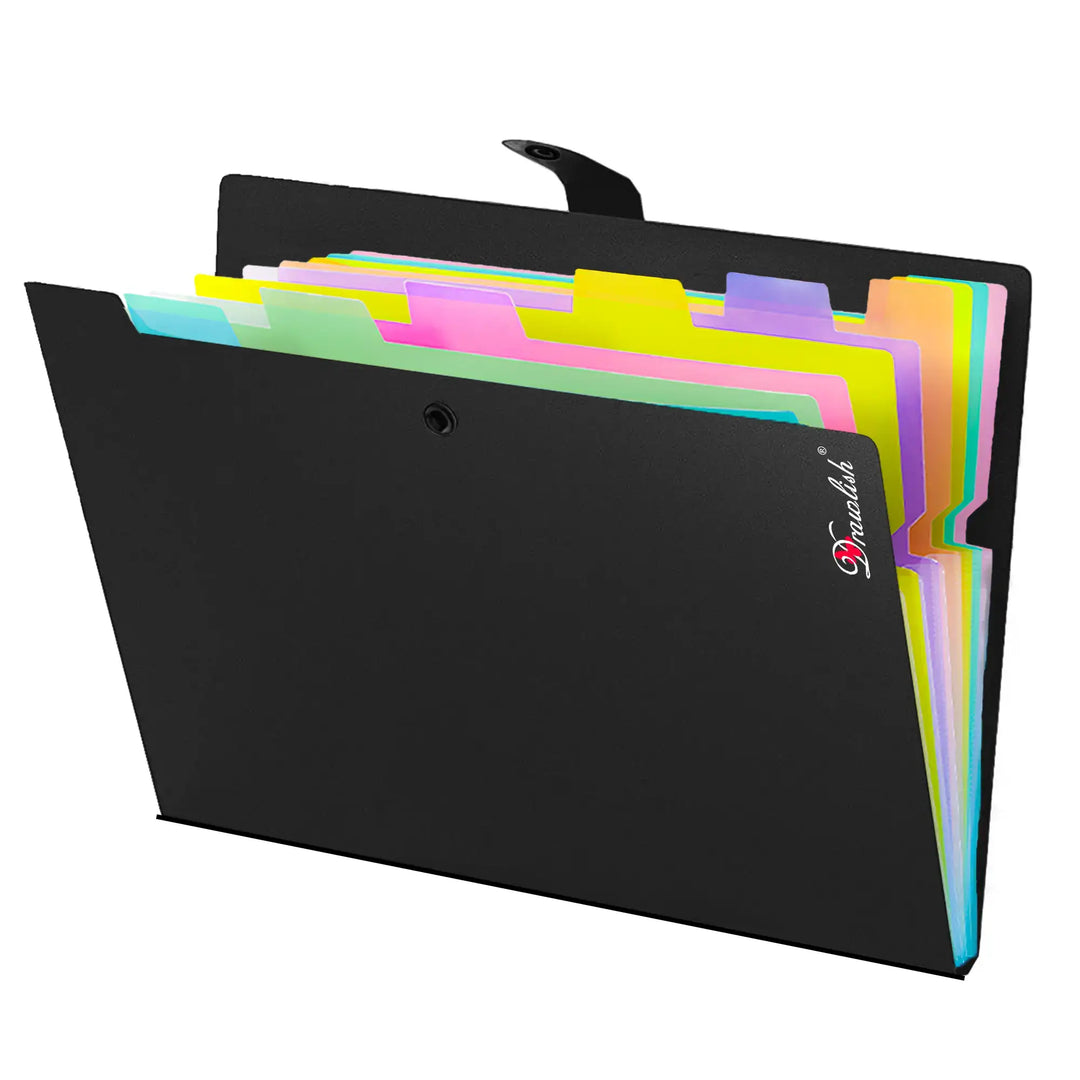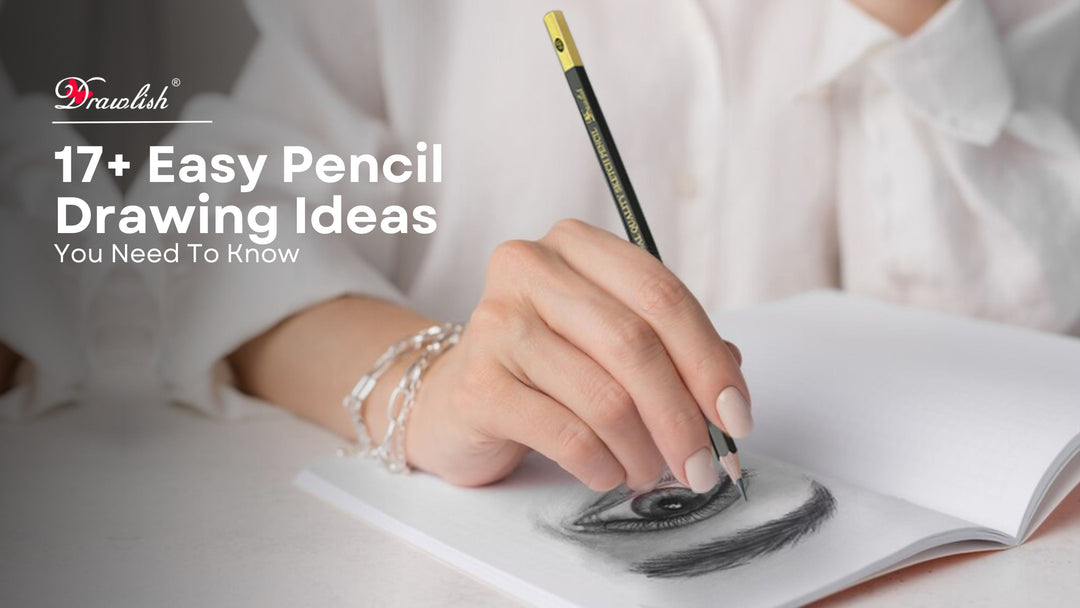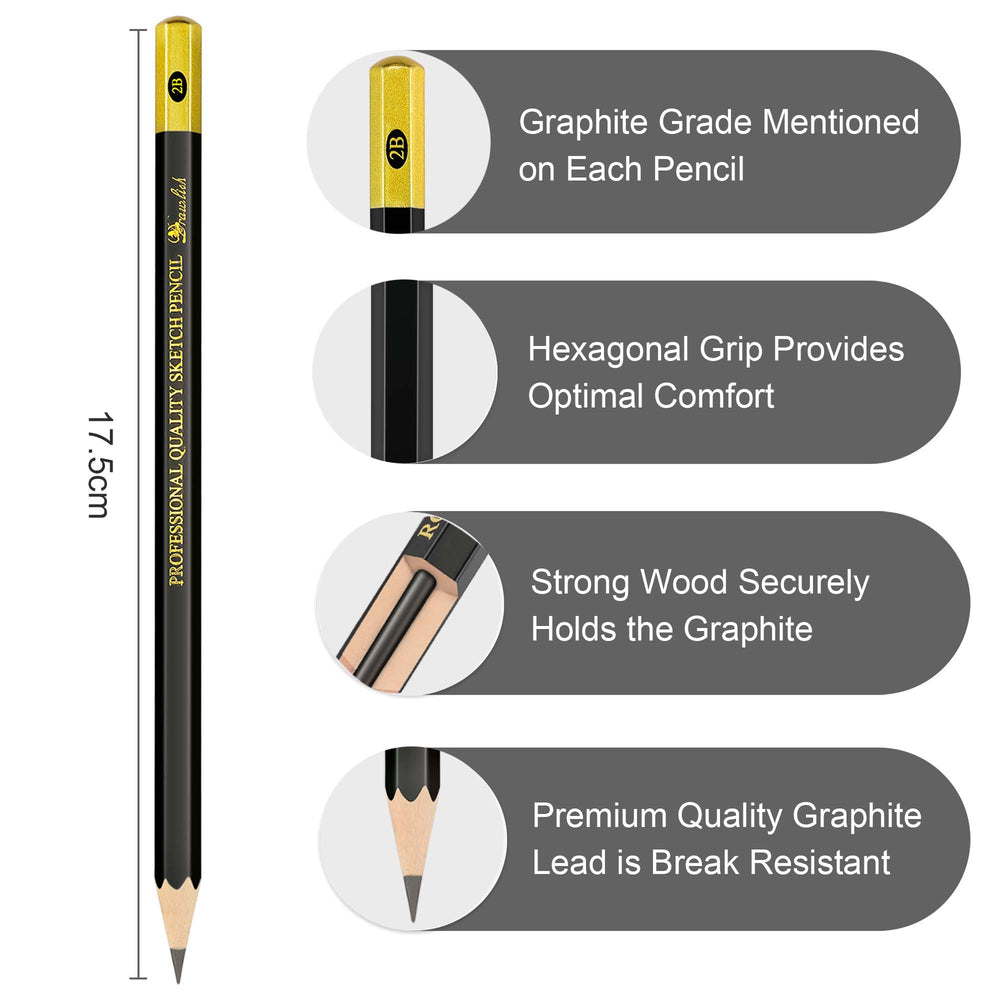What Colours Make Brown? How to Make 17 Common Shades
Colors are more than just visual sensations; they evoke emotions, memories, and cultural associations. Whether you’re an artist, designer, or simply someone who appreciates aesthetics, understanding color mixing is essential. In this blog post, we’ll explore the magic behind creating 17 beautiful shades, from serene lilac to bold red and everything in between. Let's start with What Colours Make Brown?
What Colours Make Brown?
Brown, with its earthy warmth, is a versatile color that finds its way into various artistic and practical applications. Whether you’re an artist, a decorator, or just curious about color mixing, understanding how to create different shades of brown is essential. Let’s explore the fascinating world of browns and discover how to mix them!

How to Make Brown with Primary Colors
Brown is essentially a dark red or dark orange. The easiest way to create brown is by mixing complementary colors. Here’s how:
-
Mixing the Primary Colors Equally:
- Start with equal parts of red, blue, and yellow paint—the primary colors.
- Blend them together thoroughly using a palette knife or brush. You’ll notice the mixture turning into a rich, creamy brown.
- To deepen the shade, add a little more blue. For a lighter, earthier brown, add more yellow.
- To give your brown more depth, incorporate a hint of white paint.
-
Creating Brown from Secondary Colors:
- Begin with a secondary color like orange or green.
- Add its complementary primary color to get brown:
- Purple + Yellow = Brown
- Green + Red = Brown
- Orange + Blue = Brown
Different Shades of Brown
Now that you know the basics, let’s explore specific shades of brown:
-
Light Brown (Coffee With Milk, Natural-Looking Fur, Sandy Beaches):
- Mix red, yellow, blue, and a touch of white.
- Adjust the proportions to achieve the desired warmth.
-
Warm Brown (Bricks, Wood, Tree Bark, Stones):
- Use more red and more yellow along with blue.
- This combination creates a cozy, earthy brown.
-
Cool Brown (Dark Hair, Wintertime Trees, Shiny Dunes):
- Combine red, yellow, and blue (with a heavier emphasis on blue).
Remember, experimentation is key! Play with the ratios and explore the vast spectrum of browns. Whether you’re painting, decorating, or just appreciating the beauty of color, embrace the richness of brown in all its forms.
Watch this video tutorial to discover how you can create a myriad of shades using just the primary colors.
What Colours Make Purple?
Purple is a captivating color that combines the coolness of blue with the warmth of red. It’s associated with creativity, mystery, and royalty. To create purple, we’ll need to mix blue and red in various proportions.

Mixing Blue and Red
- Violet: Start by mixing equal parts of blue and red. This will give you a rich violet shade. Adjust the ratio to make it lighter or darker.
- Deep Purple: Increase the amount of red to create a deeper, more intense purple. Think of royal robes and majestic velvet curtains.
Creating Lilac
Lilac is a delicate shade of purple that resembles the beautiful flowers of the lilac bush. Often used in floral paintings, spring-themed designs, and wedding decorations, lilac pairs wonderfully with greens, pinks, and whites. To achieve lilac:
- Step 1: Begin with a base of white paint or a light blue shade.
- Step 2: Gradually add a touch of red to the base. Keep experimenting until you achieve the desired softness. Lilac should be subtle and calming.
- Step 3: If needed, adjust the balance by adding a tiny bit of blue to maintain the cool undertone.
Fun Fact: Did you know that the word “lilac” comes from the Persian word “lilak,” which means bluish? Lilac flowers have been cherished for centuries, and their fragrance is both nostalgic and enchanting.
Lavender: A Tranquil Hue
Lavender, like a fragrant garden in full bloom, is a pale purple shade with a touch of gray. Associated with calmness and spirituality, lavender is a popular choice for aromatherapy products, bedroom decor, and soothing color palettes. To create lavender:
- Step 1: Start with a base of white or light blue.
- Step 2: Add a small amount of red and a hint of blue. Lavender should evoke serenity and relaxation.
- Step 3: Adjust the proportions until you achieve the perfect balance—neither too pink nor too blue.
What Colours Make Red?
Red is a primary color, which means you cannot mix your own pure red color from scratch. However, you can create a variety of different shades of red by mixing other colors.
Creating Different Shades of Red
Before we explore how to make different shades of red, let’s review some color basics. You cannot mix secondary or tertiary colors to create a primary color directly. However, you can play with hues, tints, and shades to approximate them.
Specific Red Shades
- Strawberry Red: Mix red with white and a touch of orange.
- Raspberry Red: Add a touch of magenta to red.
- Mahogany: Combine 2/3 red with 1/3 blue.
- Indian Red: Mix red, blue, and a touch of white.
- Cherry Red: Light red with a hint of black.
- Ruby Red: Red with a touch of black.
- Hibiscus: Red with a hint of violet.

What Colours Make Green?
The two primary colors that create green are blue and yellow. When you blend them together, you get various shades of green. Adjust the ratio of blue to yellow to achieve different tones—from pale lime to deep forest green.
While not a standard method, adding a small amount of black to yellow can produce a greenish hue. However, this tends to yield a darker, more muted green, often resembling an olive tone.

Mixing Recipes for Popular Green Shades
Here are some colour mixing recipes for different shades of green:
- Emerald: 2 parts Phthalo Green + 1 part Lemon Yellow
- Chartreuse: 2 parts Lemon Yellow + 1 part Phthalo Green
- Lime: 1 part Lemon Yellow + <1 part Phthalo Green
- Forest Green: 1 part Phthalo Green + <1 part Burnt Sienna
- Yellow Green: 2 parts Lemon Yellow + 1 part Sap Green
- Olive Drab: 1 part Sap Green + 1 part Yellow Ochre + <1 part Burnt Umber
- Sea Green: 1 part Sap Green + <1 part Cerulean Blue
- Pale Green: 1 part Sap Green + 3 parts Titanium White
- Spring Green: 1 part Lemon Yellow + 1 part Phthalo Green + <1 part White
Remember, color mixing is both science and art.
Watch this video tutorial to discover how you can create Olive Green with black and yellow.
As you experiment with different combinations, let your creativity bloom like a lilac garden or a serene lavender field. Whether you’re painting on canvas, decorating your home, or expressing yourself through art, embrace the magic of colors.
And speaking of colors, if you’re ready to unleash your creativity, check out Drawlish Art Supply Store! We offer a fantastic range of acrylic paint pens and sketching pencils. Their vibrant acrylic painters markers set includes brilliant colors like black, yellow, white, blue, green, red, and more. Whether you’re a beginner or an experienced artist, Drawlish has something for everyone.
Remember, every stroke of the brush tells a story. So go ahead, mix those hues, create your masterpieces, and let your imagination flow!
And while we’re on the topic of art, check out the What Does Art Mean to You? Artists Reveal All. Let’s uncover what art truly means to those who create it.







Leave a comment